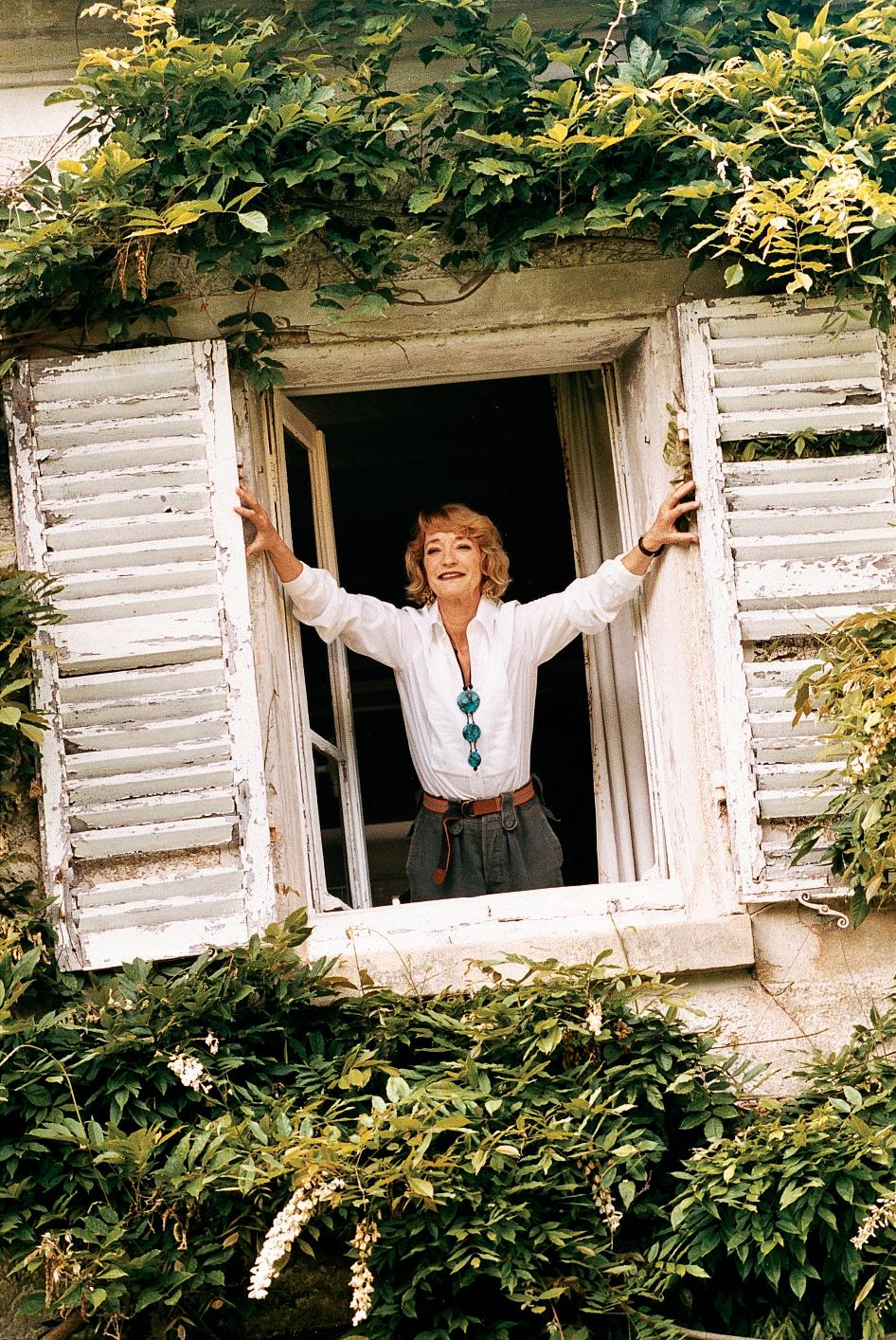The Private Worlds of Loulou de La Falaise
Loulou de La Falaise (1947-2011) was best known as Yves Saint Laurent’s muse, confidante, alter ego—and the virtuoso behind all his famously flamboyant accessories: towering fur toques, clanking bronze cuffs, necklaces strung with coral. Adventurousness typified not only her designs but also her approach to the art of living, in homes of distinguished pedigree in England, Ireland, France, and Italy, as I learned while researching her biography Loulou & Yves: The Untold Story of Loulou de La Falaise and the House of Saint Laurent, out this month from St. Martin’s Press.
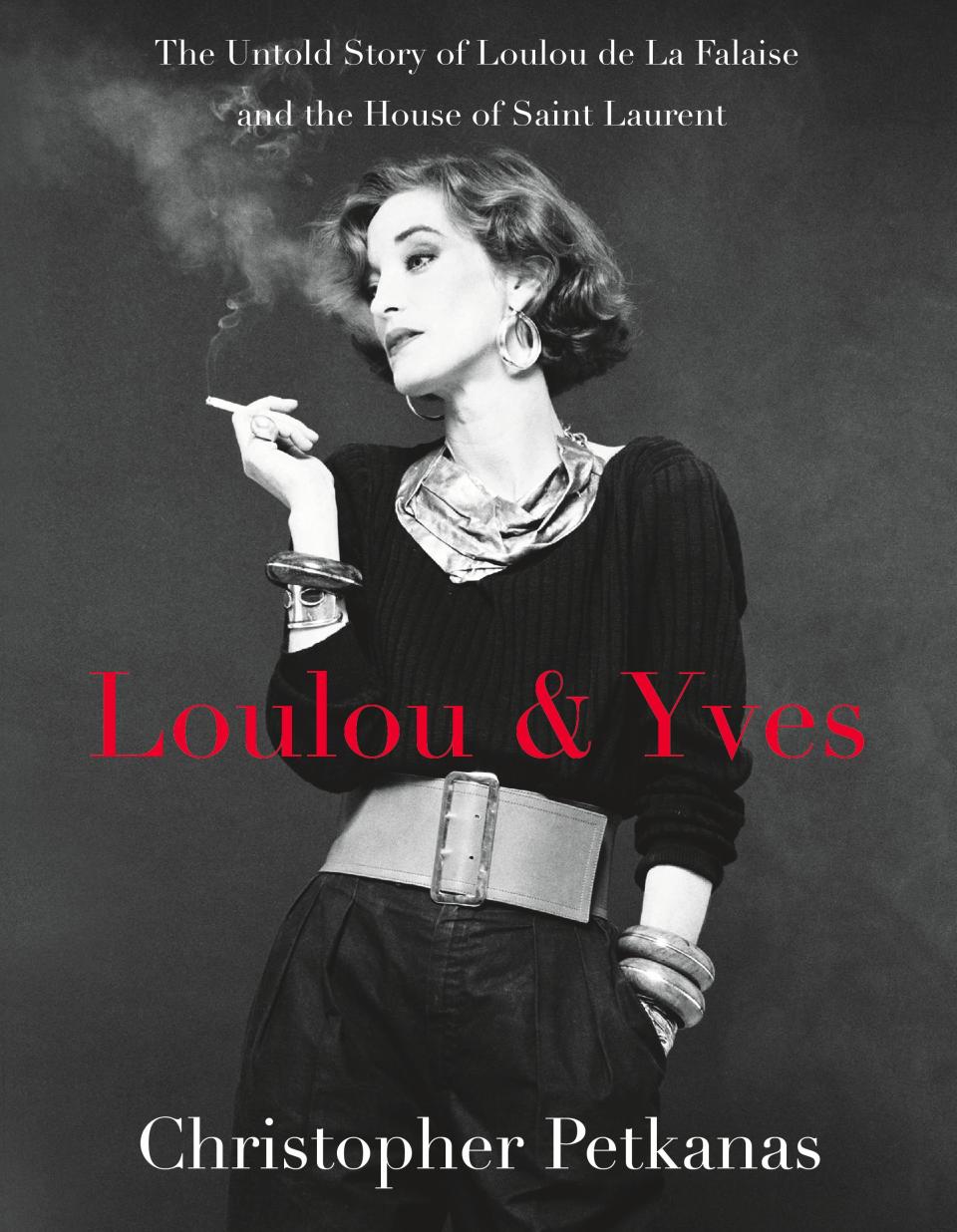
Loulou spent much of her early years at Charleston Manor, the rural estate in East Essex, England, of her maternal grandparents, Sir Oswald Birley, the royal and society portraitist, and his Irish wife, Rhoda, a feckless bohemian beauty and eccentric of the first water. Charleston was a working farm when Lady Birley chanced upon it in 1928, “a perfect house in a perfect setting,” according to Nikolaus Pevsner, foremost scholar of English architecture, first built in the 11th century by William the Conqueror’s cupbearer.
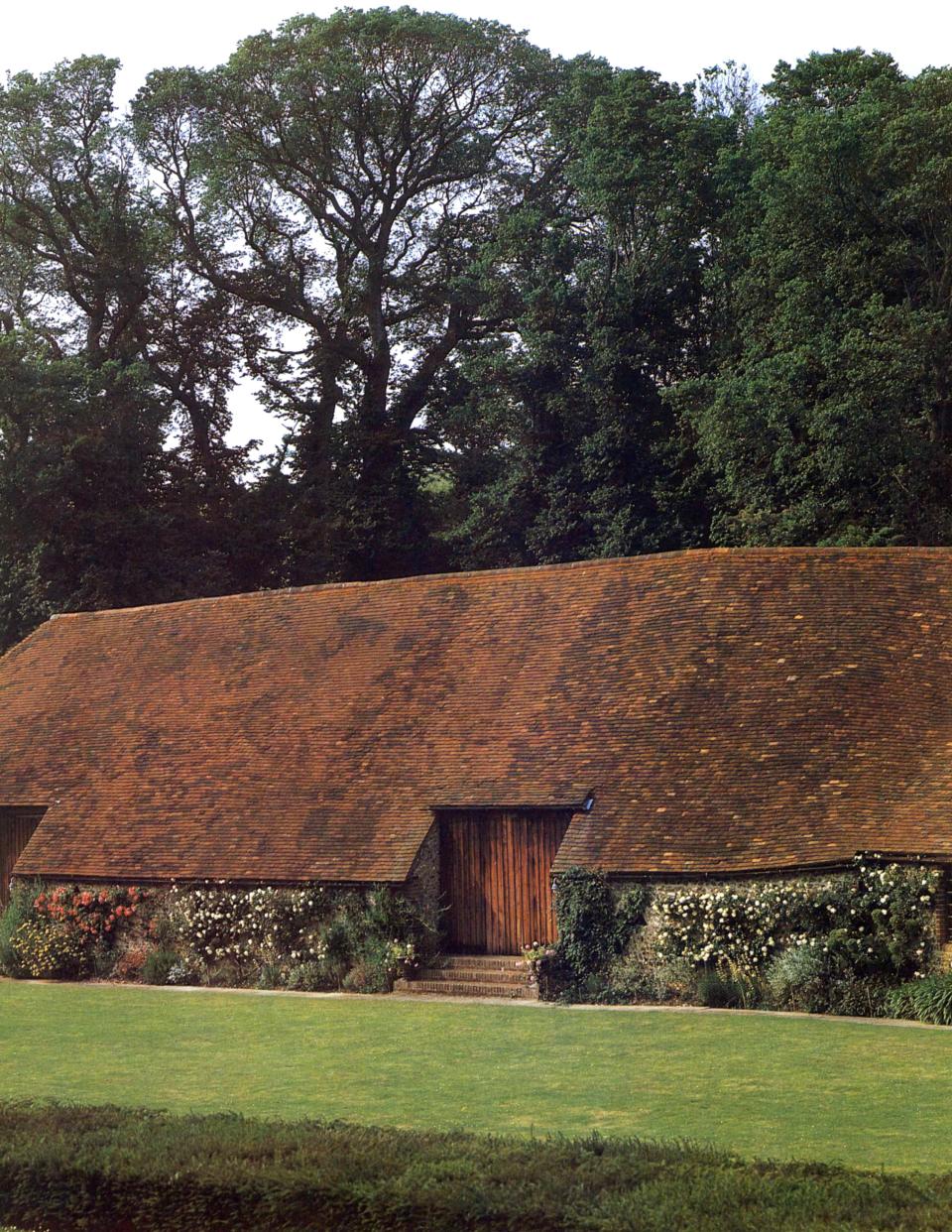
Sir Oswald had the largest tithe barn in the country transformed into a painting studio for him as well as a theater where the Ballets Russes de Monte Carlo performed. Loulou had the run of vast gardens shaped by a trinity of 20th century horticultural greats: Gertrude Jekyll, Harold Hillier, and Vita Sackville-West. Growing up, she stood by, slightly aghast, as her grandmother fed the Fantin-Latour roses…bouillabaisse. Loulou was always good for a quote, but she may have been only half-joking when she told Women’s Wear Daily that Rhoda had occult powers: “Lady Birley had [Charleston] exorcised. Everyone except her is a bit nervous there.”
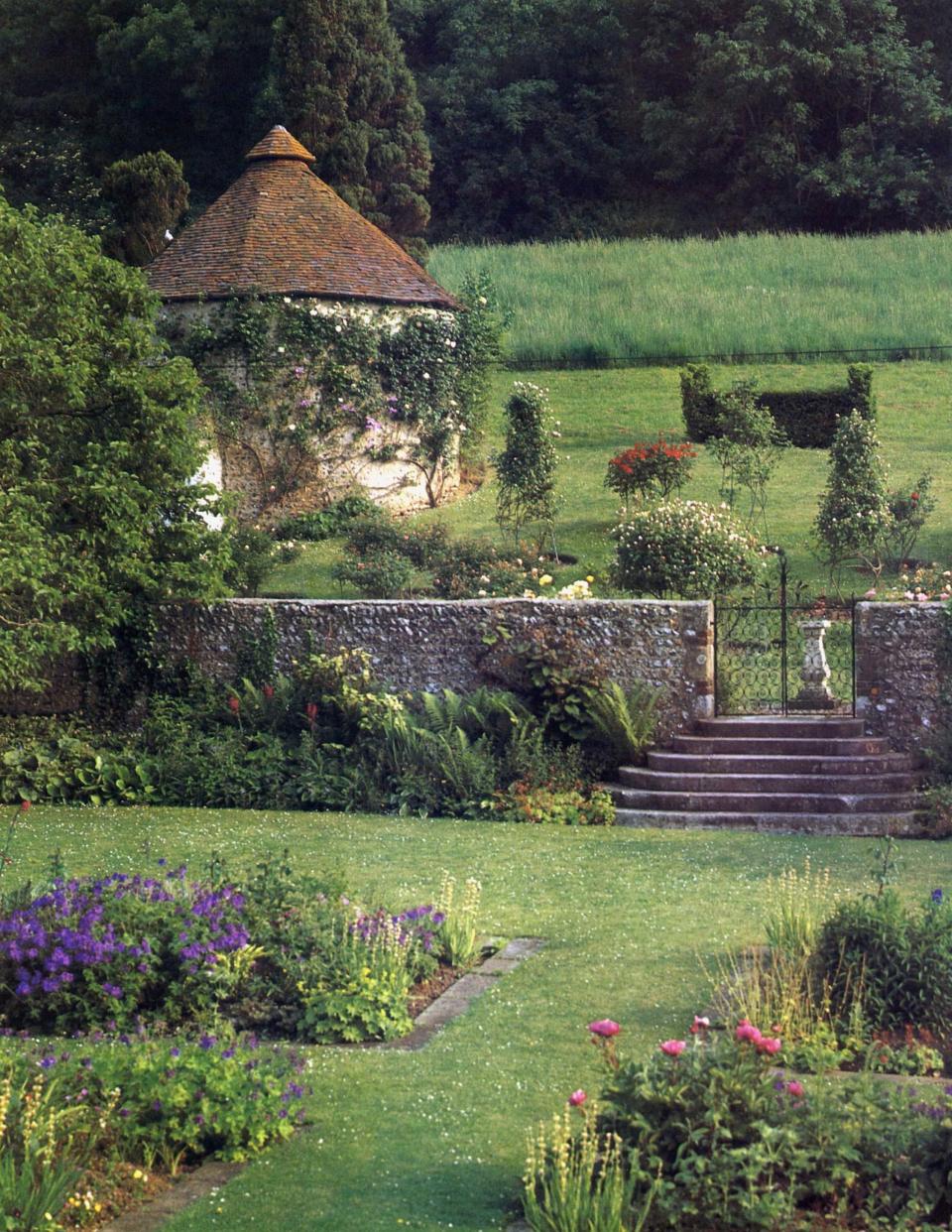
In 1966, Loulou became the reluctant mistress of Glin Castle, having married the Irish aristocrat Desmond FitzGerald, 29th Knight of Glin, a swashbuckling but inconclusive title that may be an Anglo-Irish adaptation of a Gaelic chieftainship. (As Desmond had no male heir, the title expired with him, in 2011.) Glin went up on the banks of the Shannon Estuary in County Limerick, Ireland, in the late 18th century, a bow-fronted, bay-backed Georgian pile with ravishing Adamesque plasterwork and a rare double flying staircase. The castle was later “Gothicized” with turrets, crenellations, pepper-pot lodges, and other toy effects, giving it the air of a child’s fort. Glin’s charms are many, but they were lost on Loulou.

As Madame FitzGerald, “she was expected to order the food, do the placement,” says her friend the decorator Jane Ormsby Gore. “Loulou didn’t know how to run an enormous old-fashioned Irish country house—she was 19!” Loulou bolted from Desmond after barely 18 months, landing in the arms of Donald Cammell, who directed Mick Jagger in Performance. “Desmond had a huge property without a penny. I went crazy,” she confessed to YSL biographer Laurence Benaïm, elaborating later on just what she meant by “crazy” to Rita Konig in HG: “I used to walk along the battlements and scream into the night.”
Loulou joined Saint Laurent in 1972, marrying again five years later in what became known as “the wedding of the decade,” hosted by Yves himself. The groom this time was Thadée Klossowski de Rola, an enigmatic figure with unrealized literary ambitions who also happened to be the son of a monumental painter, Balthus. The newlyweds moved into a double-height artist’s atelier in an Art Deco building in Paris’s 14th arrondissement, the scene at collection time of freewheeling parties where Jagger might be seen chatting with Countess Jacqueline de Ribes, and Rothschilds mingled with punks without incident.
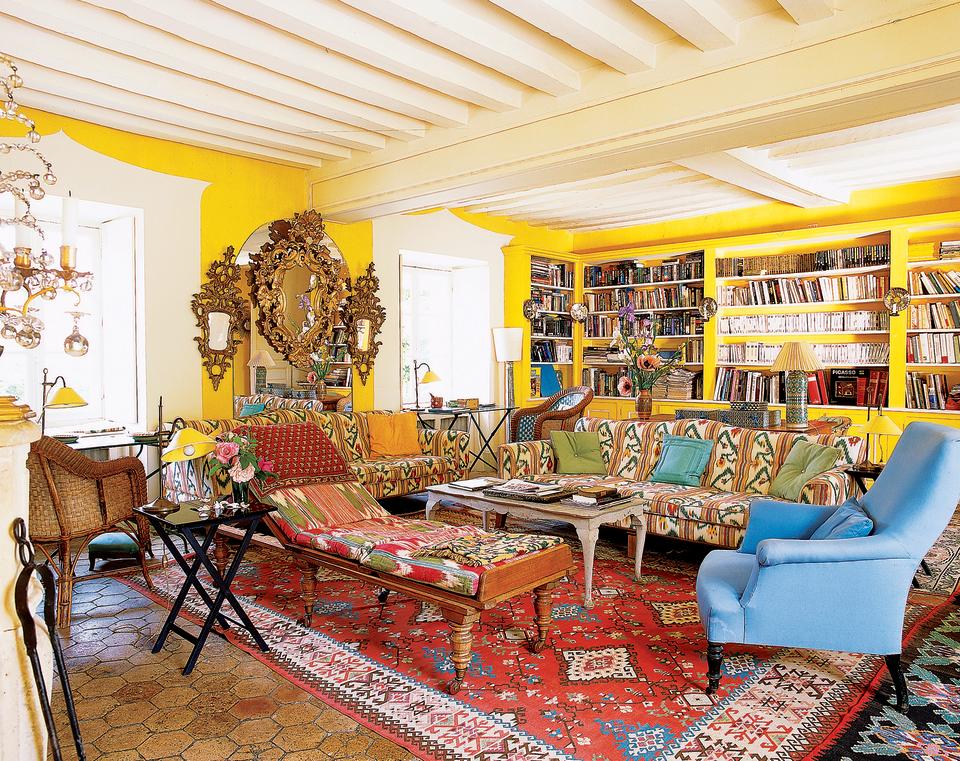
In her French manor house, famed designer Loulou de la Falaise paired gilt Rococo mirrors with sofas covered in crisp Majorcan ikat. Sonpu cotton/linen, Artesania Textil Bujosa. bujosatextil.com.
Loulou had close friendships with designers John Stefanidis, Jacques Grange, and David Mlinaric, but beyond the bookcases and mosaic-tiled bathroom Grange facilitated, she did her own decorating, thank you very much. Loulou chose “a blue carpet in order to stand above the sky. Plants and objects like a jungle. Crystal for the feeling of air and fluidity,” as she told François Baudot in Elle Décoration. To design writer Marie Bariller she avowed a taste for “bright, multihued fabrics and colors…painted or gilded wood…lacquered objects, or decorative paintwork…materials with a cracked surface…cotton, velvet, and all handmade fabrics: kilims, blankets from the Atlas Mountains.… I like surprises, things that clash, are unexpected, break unity, disrupt monotony—modern paintings with Louis XV furniture."
For family holidays, Loulou, Thadée, and their daughter Anna escaped to Castello di Montecalvello, Balthus’s home before moving to Switzerland, 40 miles north of Rome. A predominantly Renaissance castle with medieval traces, it had been a granary in the 19th century and a shelter during World War II. Cy Twombly, a neighbor, tried to discourage Balthus from buying it, citing the lack of doors and windows, but this apparently made him only want it more. Loulou thought the austere way her father-in-law had furnished the castle, so as not to compete with the sumptuous 16th-century frescoes, could not be improved: a canopied Directoire bed here, an antique wardrobe in its original, deliciously ravaged polychrome paint there. “Being so empty, it’s free from the past,” Loulou said in W in 2000. “Yet it is ancient history. It has all of the magic of that, but without any of the heaviness.”
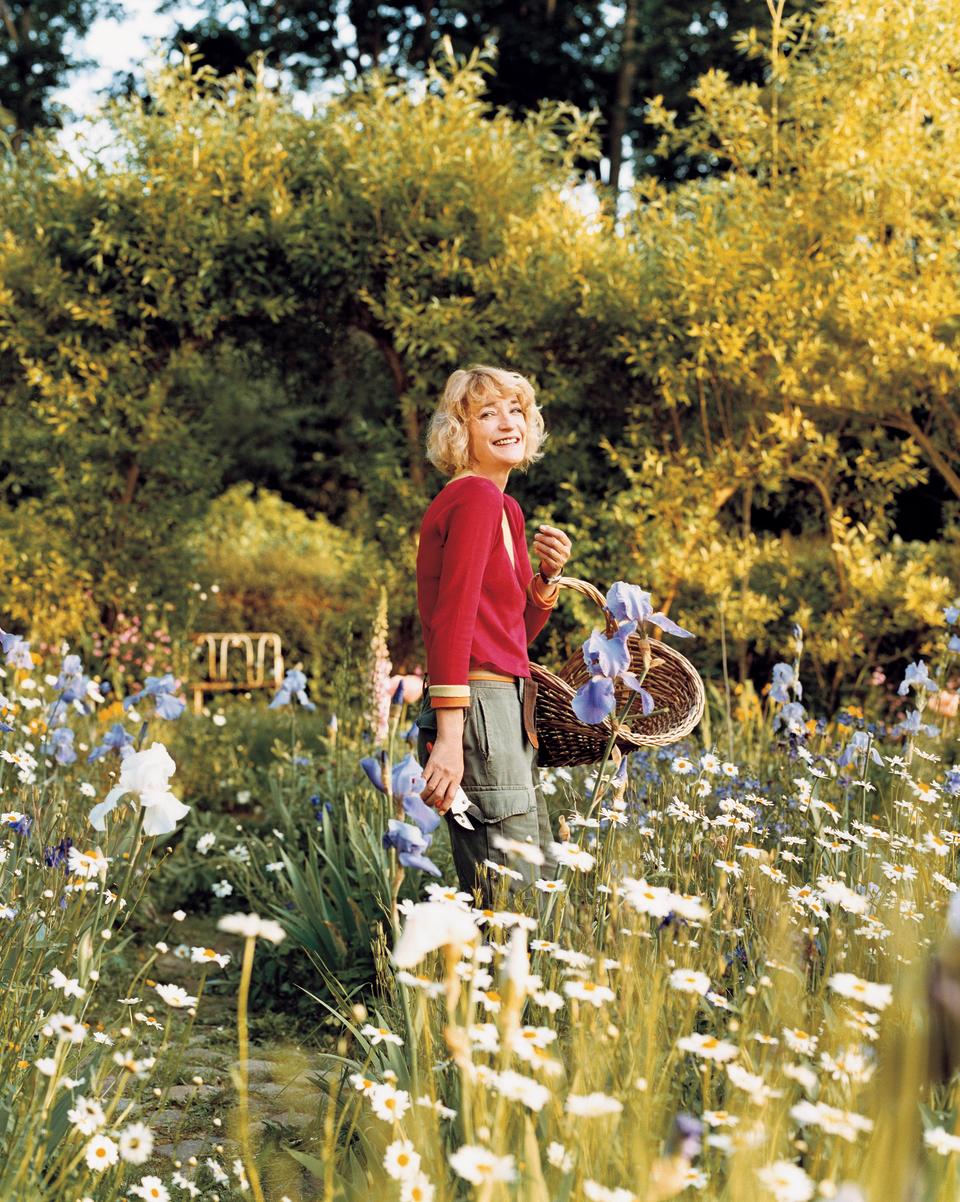
Loulou de la Falaise, stands in a circle of irises, lavender, and daisies in one of her garden rooms, secateurs in hand. In the background, willows she planted as cuttings have been trained into an arcade.
Loulou had the luxury of yet another country refuge, a wisteria-draped 18th-century maison de maître in Boury-en-Vexin, 45 miles north of Paris, near Giverny. As the house was one room deep, it benefited from double exposures. Loulou, prizing light, left the windows uncurtained, dressing them instead by painting the surrounds with ornamental trompe-l’oeil motifs. The decorative mashup included Victorian upholstery; a surfeit of textiles from India, Morocco, and points between; and nostalgic odds-and-ends recycled from Charleston Manor.
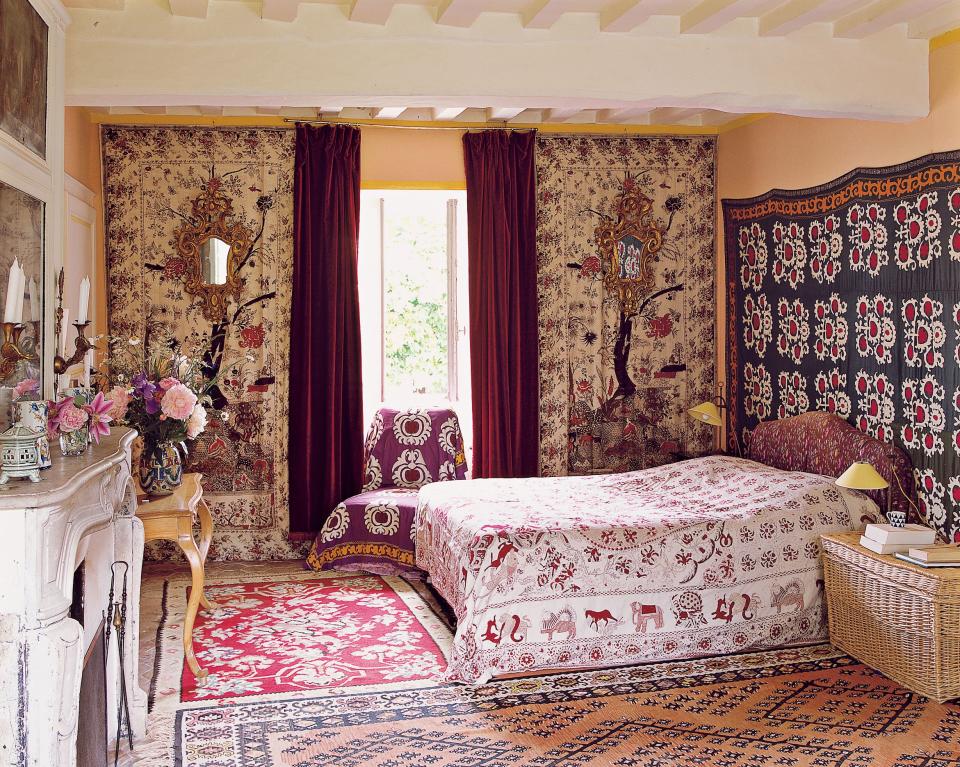
Loulou 0604-HG-LF05-01.jpg
As Loulou’s fellow muse Inès de La Fressange, who helped Karl Lagerfeld raise Chanel from the dead, said of her style, it had “nothing to do with money, and everything to do with taste and imagination.”
